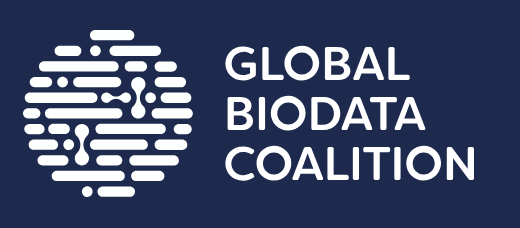The name of this superfamily has been modified since the most recent official CATH+ release (v4_4_0). At the point of the last release, this superfamily was named:
"Ribonuclease Inhibitor
".
FunFam 1740: K7_Sog2p
Please note: GO annotations are assigned to the full protein sequence rather than individual protein domains. Since a given protein can contain multiple domains, it is possible that some of the annotations below come from additional domains that occur in the same protein, but have been classified elsewhere in CATH.
There are 1 GO terms relating to "molecular function"
The search results have been sorted with the annotations that are found most frequently at the top of the
list. The results can be filtered by typing text into the search box at the top of the table.
| GO Term | Annotations | Evidence |
|---|---|---|
|
Protein binding GO:0005515
Interacting selectively and non-covalently with any protein or protein complex (a complex of two or more proteins that may include other nonprotein molecules).
|
2 | Q08817 (/IPI) Q08817 (/IPI) |
There are 3 GO terms relating to "biological process"
The search results have been sorted with the annotations that are found most frequently at the top of the
list. The results can be filtered by typing text into the search box at the top of the table.
| GO Term | Annotations | Evidence |
|---|---|---|
|
Septum digestion after cytokinesis GO:0000920
The process of physically separating the septal cell wall material by enzymatic digestion, that occurs after daughter cells are separated by cytokinesis.
|
2 | Q08817 (/IMP) Q08817 (/IMP) |
|
Budding cell apical bud growth GO:0007118
Growth at the tip of a bud, in a cell that reproduces by budding.
|
2 | Q08817 (/IMP) Q08817 (/IMP) |
|
Signal transduction GO:0007165
The cellular process in which a signal is conveyed to trigger a change in the activity or state of a cell. Signal transduction begins with reception of a signal (e.g. a ligand binding to a receptor or receptor activation by a stimulus such as light), or for signal transduction in the absence of ligand, signal-withdrawal or the activity of a constitutively active receptor. Signal transduction ends with regulation of a downstream cellular process, e.g. regulation of transcription or regulation of a metabolic process. Signal transduction covers signaling from receptors located on the surface of the cell and signaling via molecules located within the cell. For signaling between cells, signal transduction is restricted to events at and within the receiving cell.
|
2 | Q08817 (/IMP) Q08817 (/IMP) |
There are 4 GO terms relating to "cellular component"
The search results have been sorted with the annotations that are found most frequently at the top of the
list. The results can be filtered by typing text into the search box at the top of the table.
| GO Term | Annotations | Evidence |
|---|---|---|
|
Incipient cellular bud site GO:0000131
The portion of the budding yeast plasma membrane where a daughter cell will emerge. The yeast marks this spot with bud-site selection proteins before bud emergence occurs. Actin is polarized to this spot just prior to and during bud emergence.
|
2 | Q08817 (/IDA) Q08817 (/IDA) |
|
Cytoplasm GO:0005737
All of the contents of a cell excluding the plasma membrane and nucleus, but including other subcellular structures.
|
2 | Q08817 (/HDA) Q08817 (/HDA) |
|
Cellular bud GO:0005933
A protuberance from a cell of an organism that reproduces by budding, which will grow larger and become a separate daughter cell after nuclear division, cytokinesis, and cell wall formation (when appropriate). The daughter cell may completely separate from the mother cell, or the mother and daughter cells may remain associated.
|
2 | Q08817 (/IDA) Q08817 (/IDA) |
|
Mating projection tip GO:0043332
The apex of the mating projection in unicellular fungi exposed to mating pheromone; site of polarized growth.
|
2 | Q08817 (/IDA) Q08817 (/IDA) |
